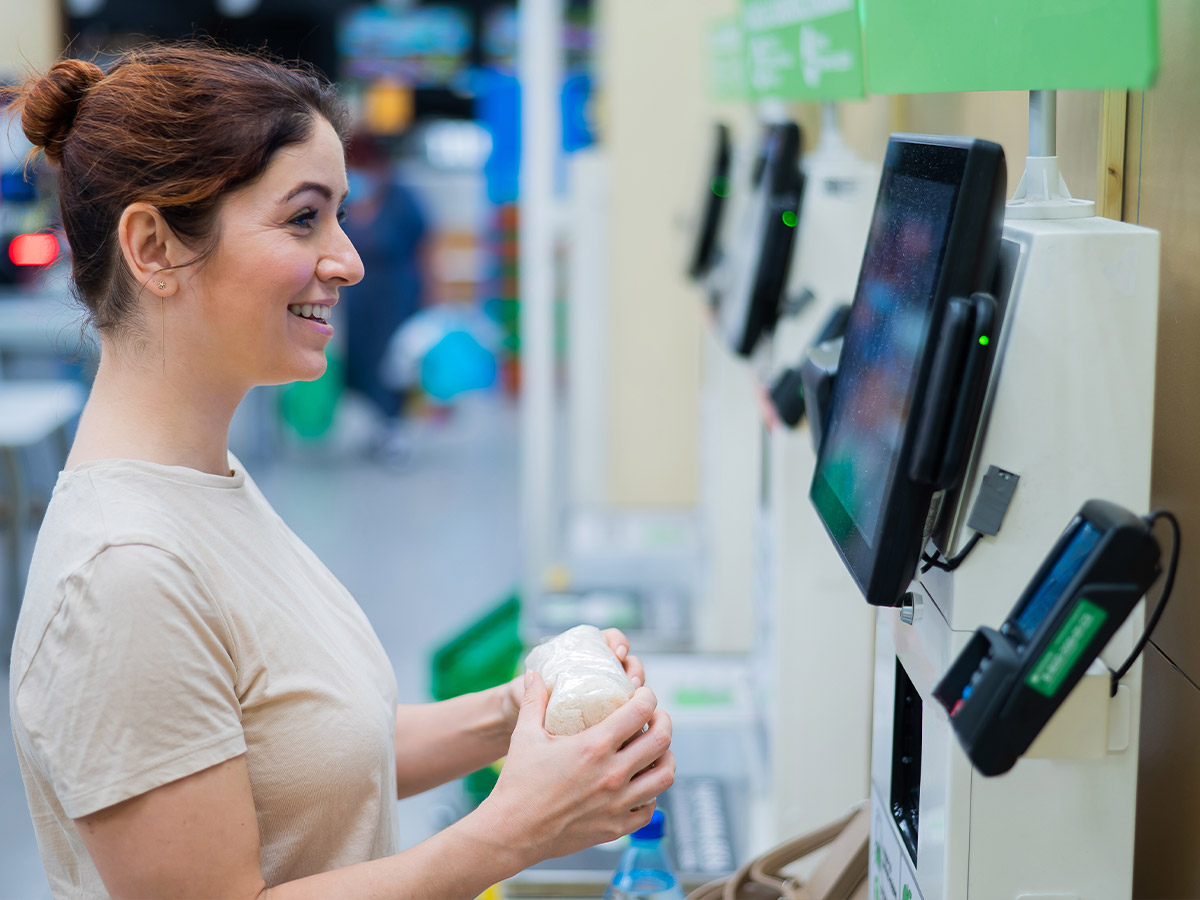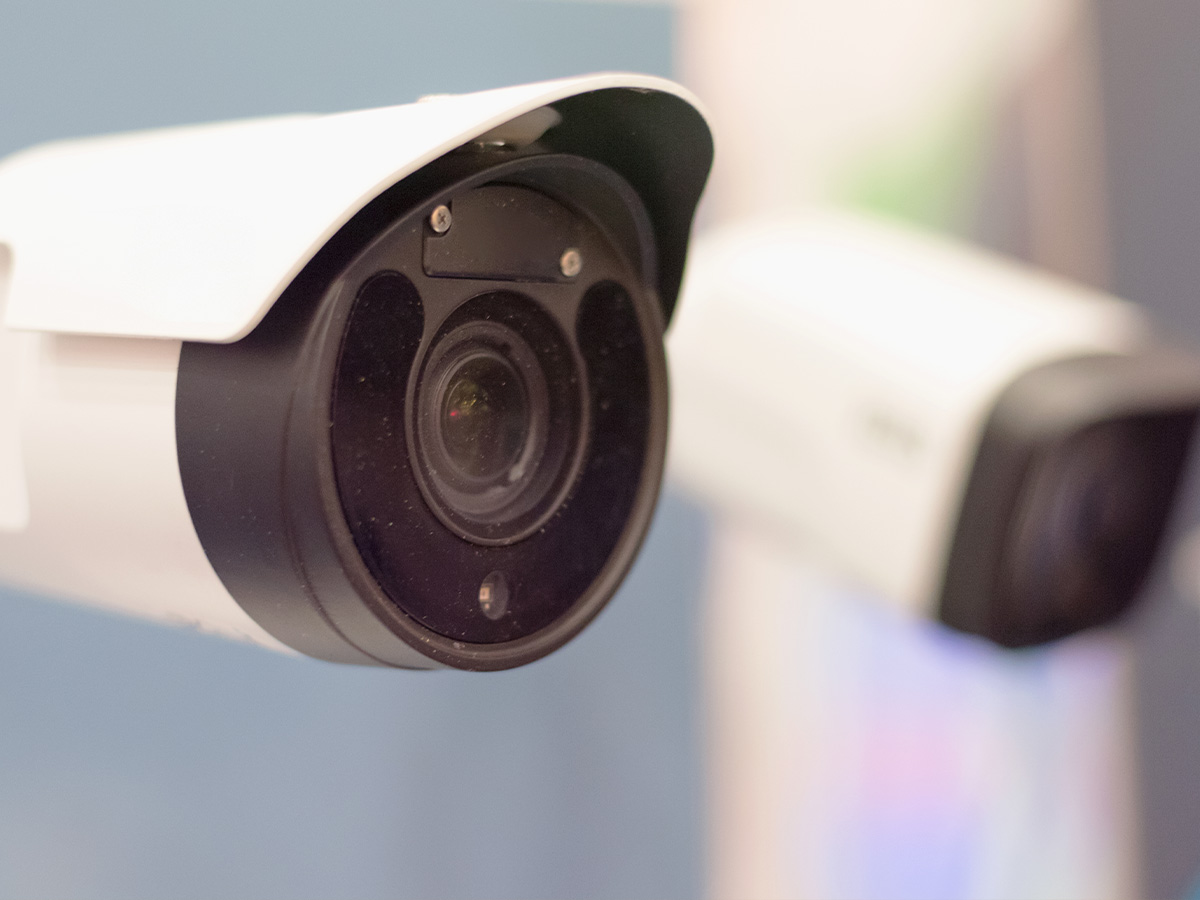Job Displacement

AI-driven automation is transforming workplaces, with manufacturing, transportation, and customer service at the forefront. Machines equipped with AI now perform tasks once reserved for humans, leading to significant reductions in the workforce. Automated production lines, delivery drones, and chatbots reduce costs for businesses but create economic upheaval for workers displaced by these changes.
This unsettling trend could exacerbate income inequality, as opportunities for people in automation-heavy industries diminish. Although some advocate for retraining programs and universal basic income as solutions, neither is universally implemented.
Privacy Invasion

AI's capacity for data collection and surveillance has sparked concerns about personal privacy. Corporations and governments are increasingly using facial recognition tools, predictive analytics, and behavioral tracking. While these applications offer convenience and security benefits, they also raise ethical questions about consent and data ownership.
AI-driven surveillance systems can monitor individuals in public spaces, while companies target online behaviors with targeted advertising. This creates an environment where personal information is used without users having a full understanding or control.
Misinformation and Deepfakes

AI tools can produce highly convincing fake news, images, and videos, making it difficult to distinguish truth from fabrication. Deepfake technology, for instance, is being used to generate manipulated videos of public figures, spreading false narratives or damaging reputations.
These tools have been used for political propaganda, online scams, and identity theft, illustrating their potential for harm. The rapid dissemination of AI-generated misinformation erodes trust in media, public institutions, and even personal relationships.
Cybersecurity Threats

AI is a double-edged sword when it comes to cybersecurity. On the one hand, it strengthens defenses by identifying vulnerabilities faster than traditional methods. On the other hand, it enables hackers to launch more sophisticated cyberattacks.
AI-driven phishing emails, for instance, can mimic human communication with uncanny accuracy, tricking even the most cautious users. Malware generated by AI is learning and evolving, making it harder to detect and remove.
Loss of Human Connection

The use of AI in customer service and social platforms has reshaped interaction, often at the expense of genuine human connection and quality customer service. Chatbots and automated systems now mediate many of our daily interactions, offering convenience but lacking empathy and nuance.
Over-reliance on AI for communication may distance individuals, reducing their ability to convey emotion or build meaningful relationships. While AI can simulate human behavior to an extent, it struggles to replicate the emotional authenticity that defines human experience, raising questions about how much of life we’re willing to outsource to machines.
Environmental Impact

Training AI models requires immense computational power, often relying on energy-intensive data centers. The carbon footprint of these operations is substantial, contributing significantly to climate change. Training a single large model, for example, can emit as much CO2 as several cars do in their lifetimes.
With the increasing adoption of AI, these emissions demonstrate the need for sustainable practices in tech development. Cloud providers and researchers continue to explore renewable energy and energy-efficient algorithms that may mitigate harm.
Death of Creativity

The ability of AI technology to generate art, music, and literature raises serious questions about its impact on human creativity. Tools like AI art generators or text writers can produce impressive results quickly, but often at the expense of originality and genuine expression.
By relying on patterns within datasets, AI outputs tend to recycle ideas, leading to a sense of homogenized creativity. This can overshadow human creativity, discouraging individuals from pursuing artistic endeavors. Critics argue that while AI can assist creators, it should not replace them.
Over-Reliance on AI

Dependence on AI systems for decision-making diminishes human problem-solving capabilities. Automated tools are now used in healthcare diagnoses, financial forecasting, and even judicial sentencing. While AI can analyze data efficiently, it often lacks human judgment, which leads to oversights and biased conclusions.
Leaning on machines instead of critical thinking skills could erode intellectual growth in the long run. Over-reliance also leaves societies vulnerable to failures, as systems crashing or behaving unpredictably can create chaos.
Lack of Transparency

Many AI systems operate as “black boxes,” meaning their decision-making processes are hidden and difficult to interpret. This lack of transparency poses questions about fairness and accountability. For instance, AI systems used in hiring, lending, or sentencing can unintentionally perpetuate biases, disadvantaging certain groups.
Without adequate transparency, addressing such biases becomes almost impossible. It also prevents users from fully understanding AI-driven outcomes, thus preventing them from being challenged in any meaningful way.
Mental Health Impact

Social media platforms heavily rely on AI algorithms to maximize user engagement, which often leads to harmful behavior. Endless scrolling and tailored content on apps like TikTok keep users hooked, contributing to anxiety, depression, and social media addiction.
AI-driven algorithms can also create echo chambers, reinforcing narrow viewpoints and intensifying polarization, while limiting critical thinking. The mental health toll is especially profound among younger users, who may struggle to disconnect from curated digital realities.
 Author
James Stephens
Last Updated: April 23, 2025
Author
James Stephens
Last Updated: April 23, 2025
